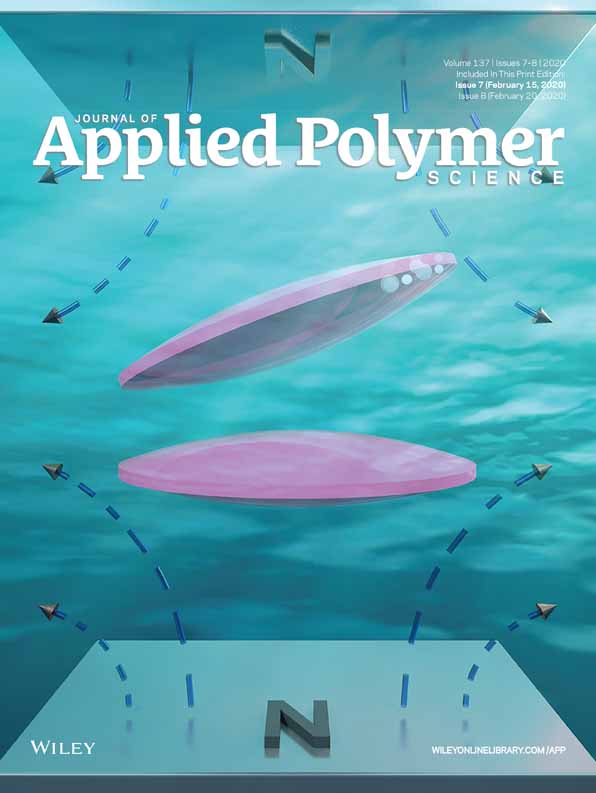Ginsenoside Rg1-modified PHBV fibrous scaffold reduces interleukin-1 beta-induced dedifferentiation of articular chondrocytes
ABSTRACT
Inflammatory environment in the end-stage osteoarthritis (OA) cartilage defects greatly limits the effectiveness of engineered cartilage. It is critical that developing scaffolds intend to be applied in cartilage tissue engineering (CTE) under this pathological condition. In this study, poly(3-hydroxybutyric acid-137-3-hydroxyvaleric acid) (PHBV) fibrous scaffolds modified by ginsenoside Rg1 could be able to alleviate the dedifferentiation of articular chondrocytes caused by interleukin-1 beta (IL-1β), a key inflammatory factor in the pathogenesis of OA. Followed by 5-day incubation with culture media containing IL-1β, articular chondrocytes cultured with ginsenoside Rg1-modified PHBV fibrous scaffolds (PHBV-g-Rg1) displayed typical chondrocytic morphology compared with those cultured with PHBV fibrous scaffolds. By employing real-time quantitative polymerase chain reaction assay, it demonstrated that PHBV-g-Rg1 fibrous scaffold reduced IL-1β-caused dedifferentiation to articular chondrocytes via enhancing the transcription of chondrocytic phenotype-related genes and reducing the transcription of matrix degradation-related genes. It suggests that ginsenoside Rg1-modified PHBV fibrous scaffold would be potentially applied in CTE to treat cartilage defects under IL-1β threat. © 2019 Wiley Periodicals, Inc. J. Appl. Polym. Sci. 2020, 137, 48378.




